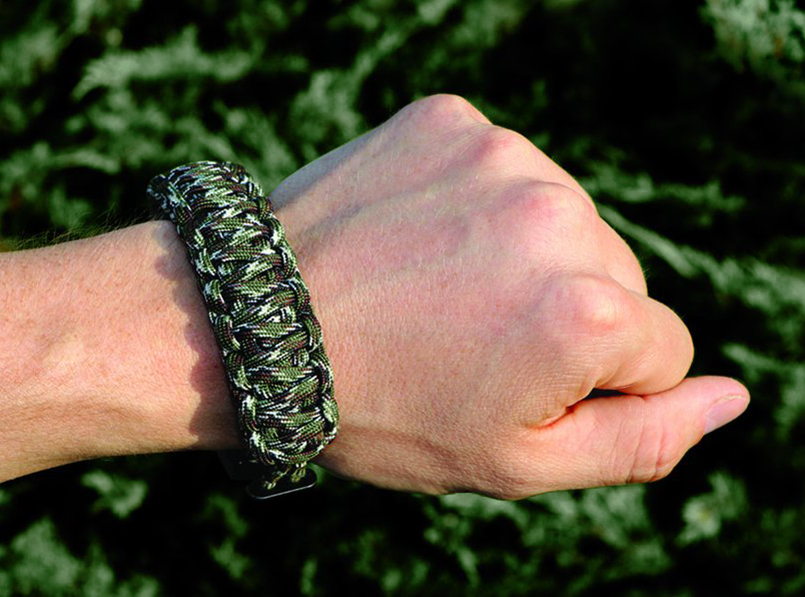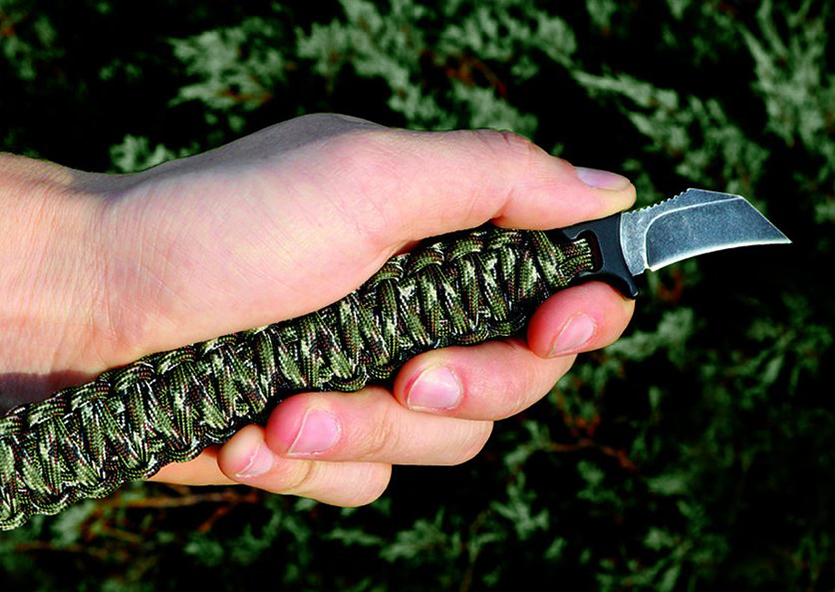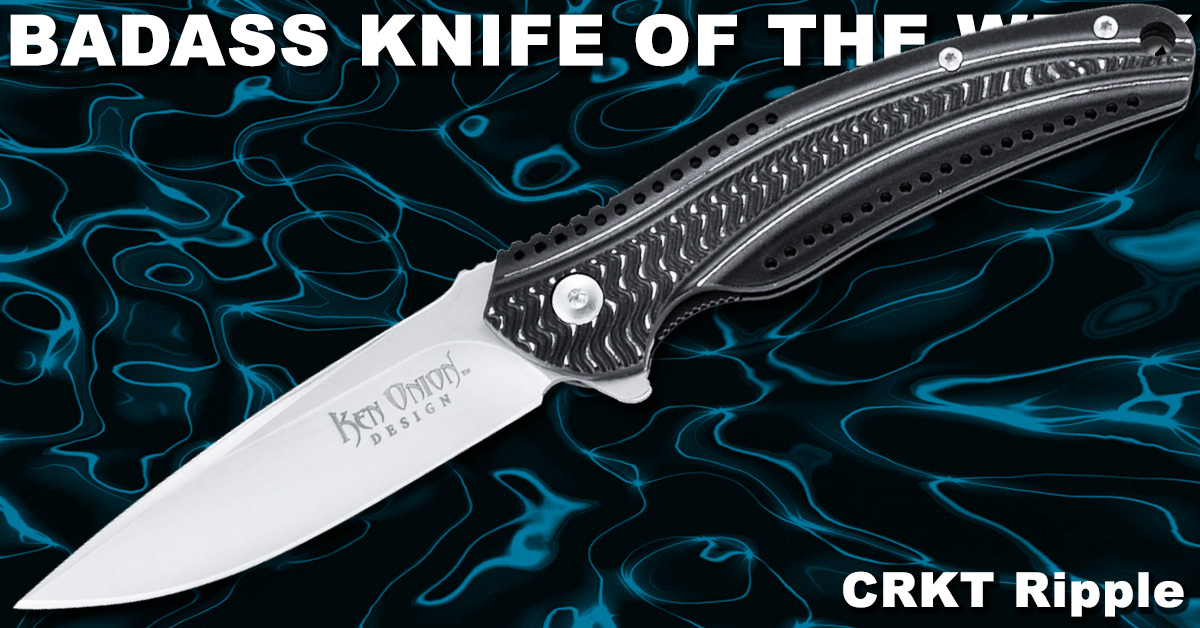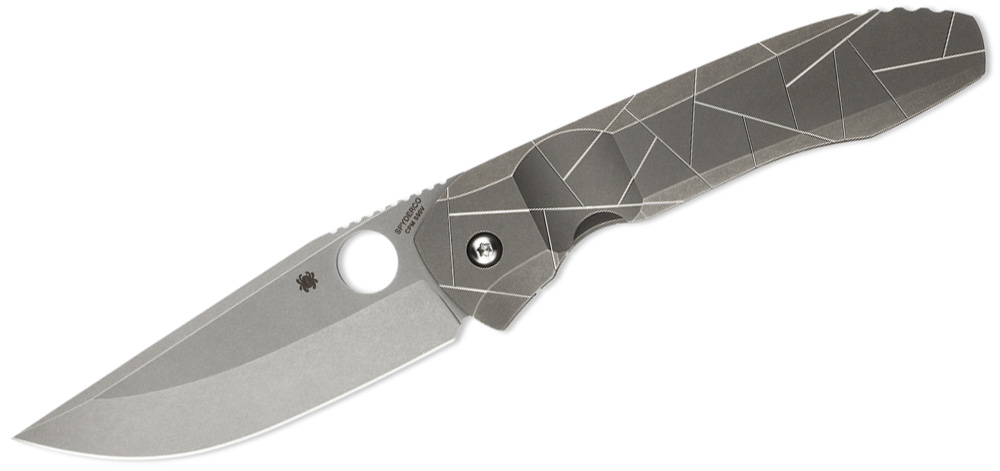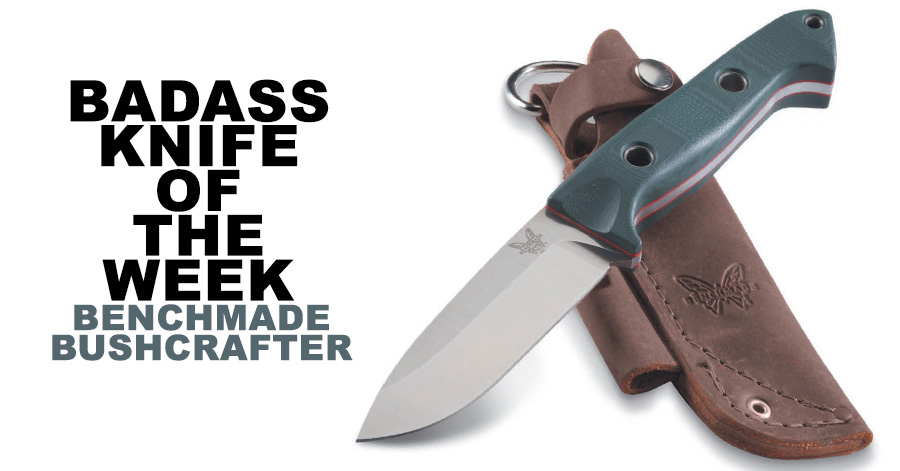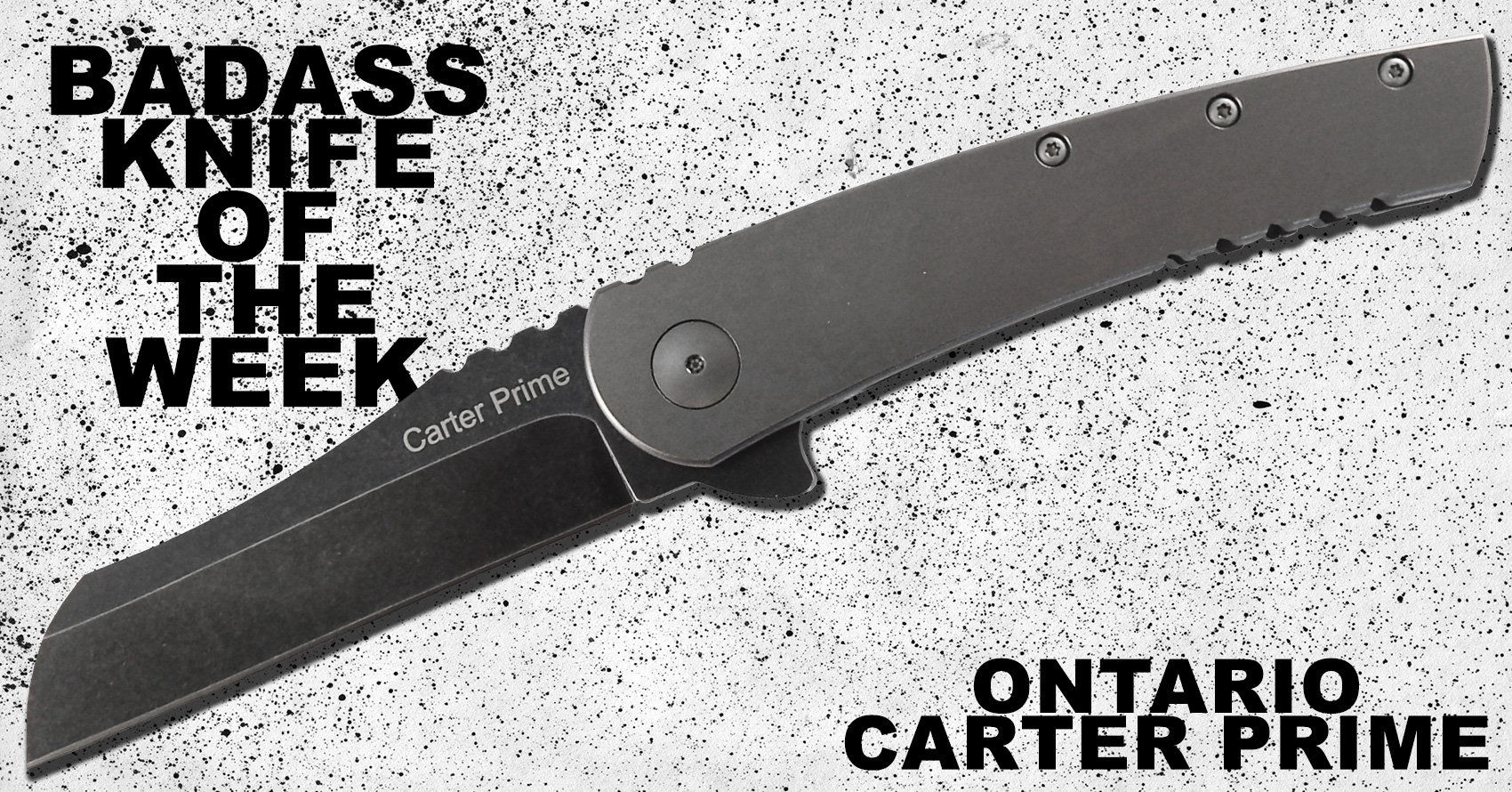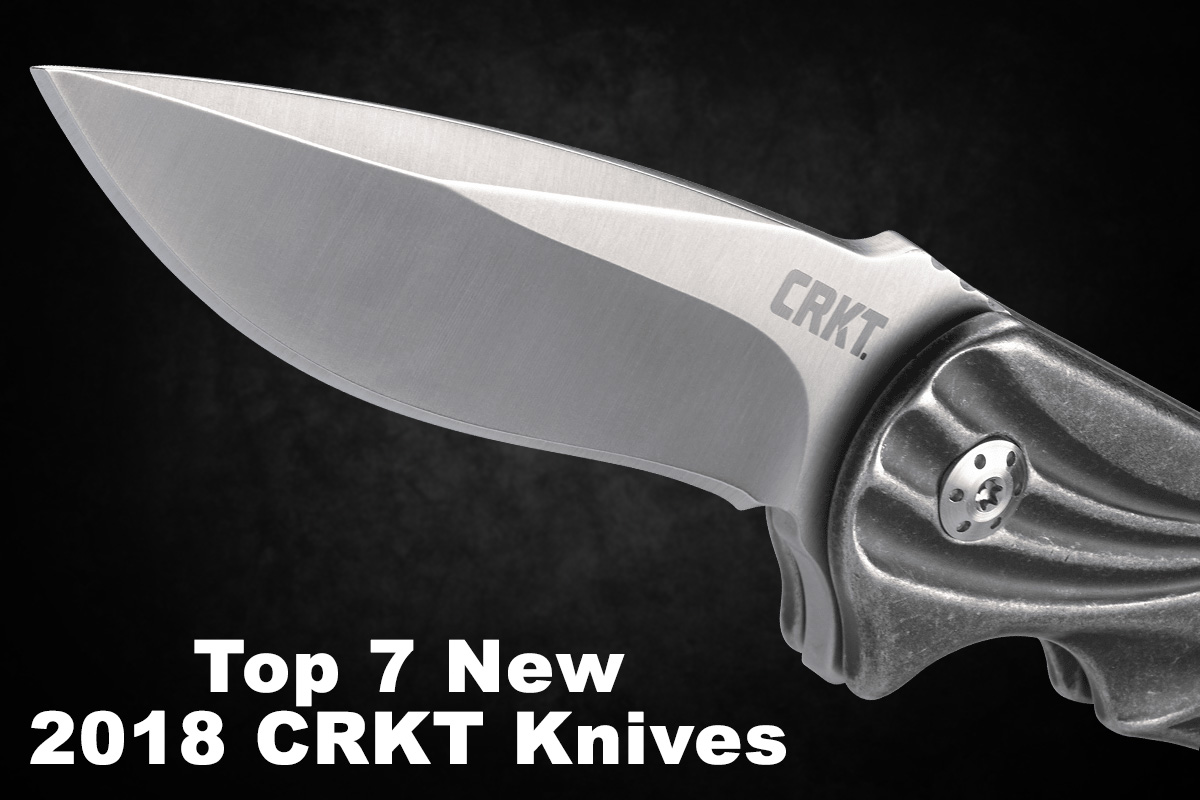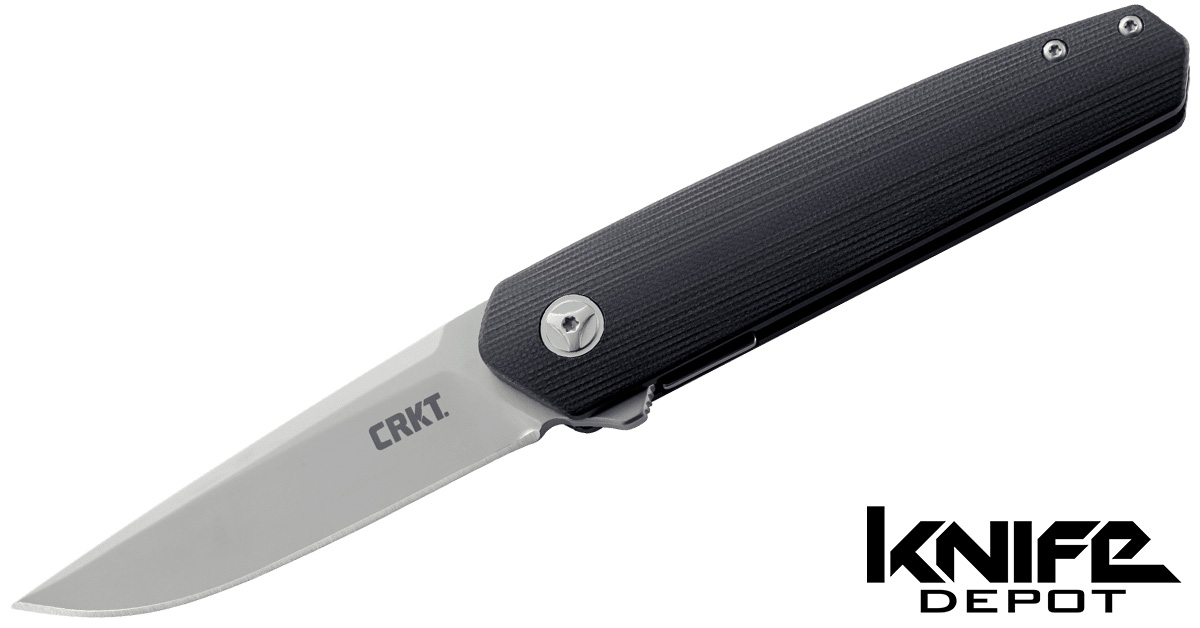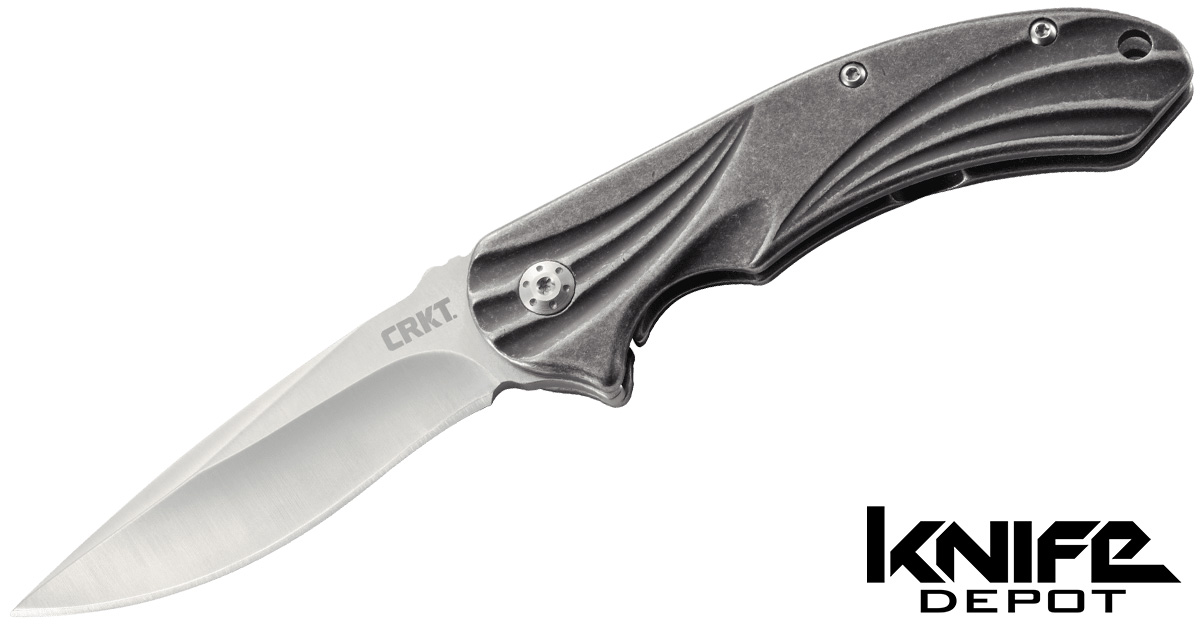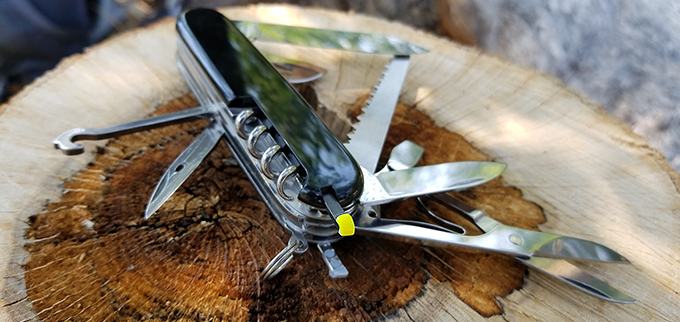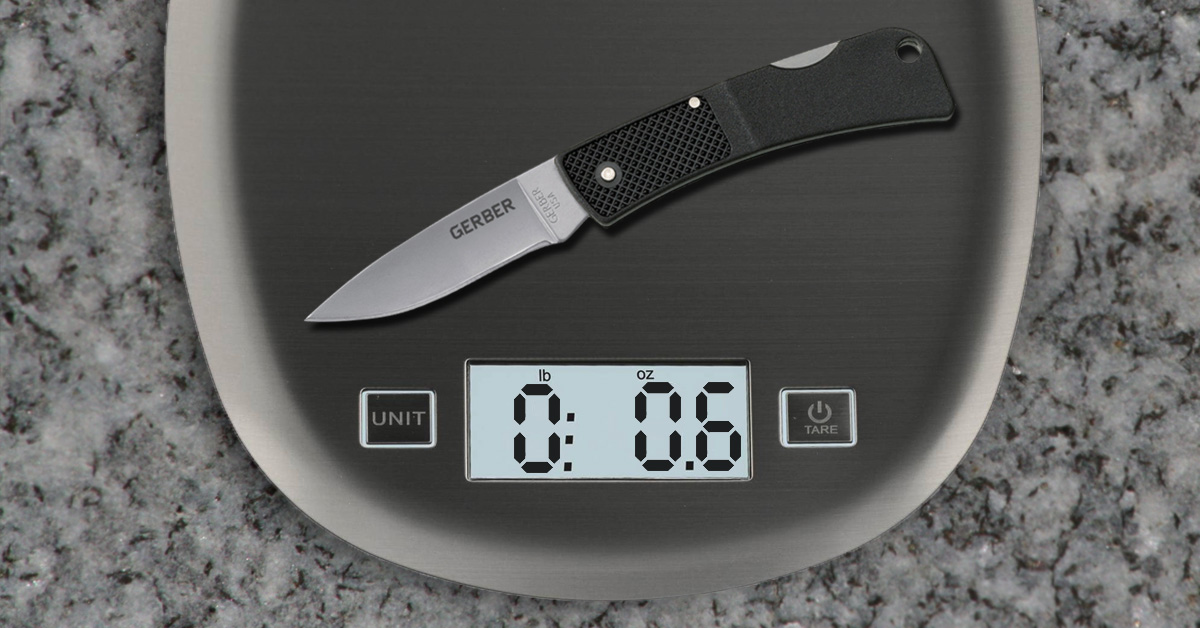
Every ounce counts.
When it comes to knives, you might be thinking to yourself what’s a few ounces? Is the Cold Steel Spartan at 10 ounces really so much heavier than the Kershaw Chill at 2 ounces? The answer is yes.
If you’re just going for a walk around the block, you might not notice the weight, but carry the knife for hours on end and you’ll feel that sag in your pocket like a ton of bricks.
I’m starting a series of posts about knives under certain weights for those looking to cut back on their EDC weight. So let’s start with the lightest a knife can get: less than an ounce.
Yes, knives that weigh in at under an ounce can be just as useful as those boasting bigger designs. Here’s a look at some of the best.
Spyderco Manbug
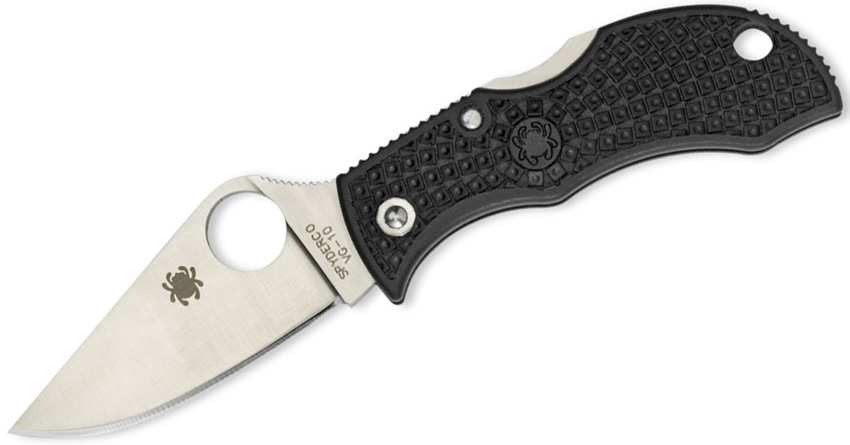
When you want a small knife, look no further than Spyderco. The famous spider brand is well-known for creating minuscule knives that look identical to some of their bigger counterparts. The Spyderco Ladybug and Honey Bee could have been on this list, but instead of completely stuffing it with Spydies, I thought I’d stick with a few, including the Manbug.
Nothing against the feminine-sounding Ladybug (which is a fantastic knife), but if I had to choose one knife with a typical Spyderco design under an ounce, it would be the Manbug. This knife is a little beefier and easier to wield than the Ladybug. It has a 1.875″ blade made from VG-10 and FRN handles. Coming in at .65 ounces, the Manbug is a hard-working knife that you’ll barely feel in your pocket.

Gerber LST Ultralight
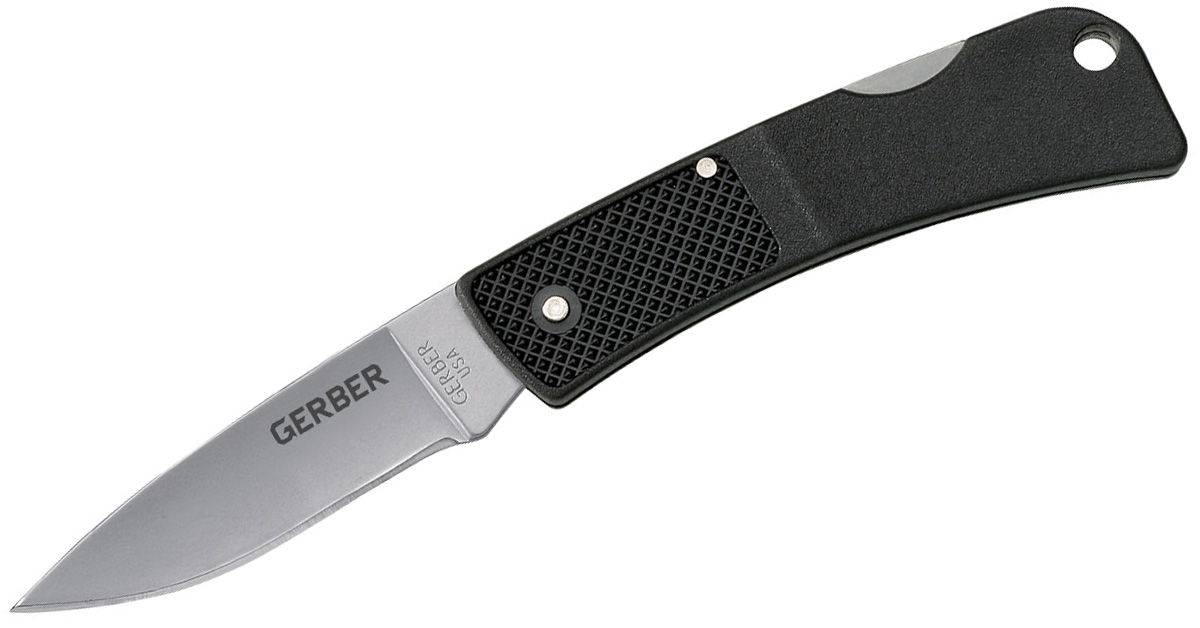
The Gerber LST Ultralight was one of our Badass Knives of the Week a while back. How does a sub-ounce knife get that distinction? It features a reliable lockback design and has history on its side. The original LST was brought to market more than 35 years ago by Pete Gerber himself.
The ultralight version has a 1.96-inch blade made from 420HC stainless steel and glass-filled nylon handles — one of the first knives to ever use it. The best part is that this inexpensive and .6-ounce knife is made in the United States.

Victorinox Classic SD
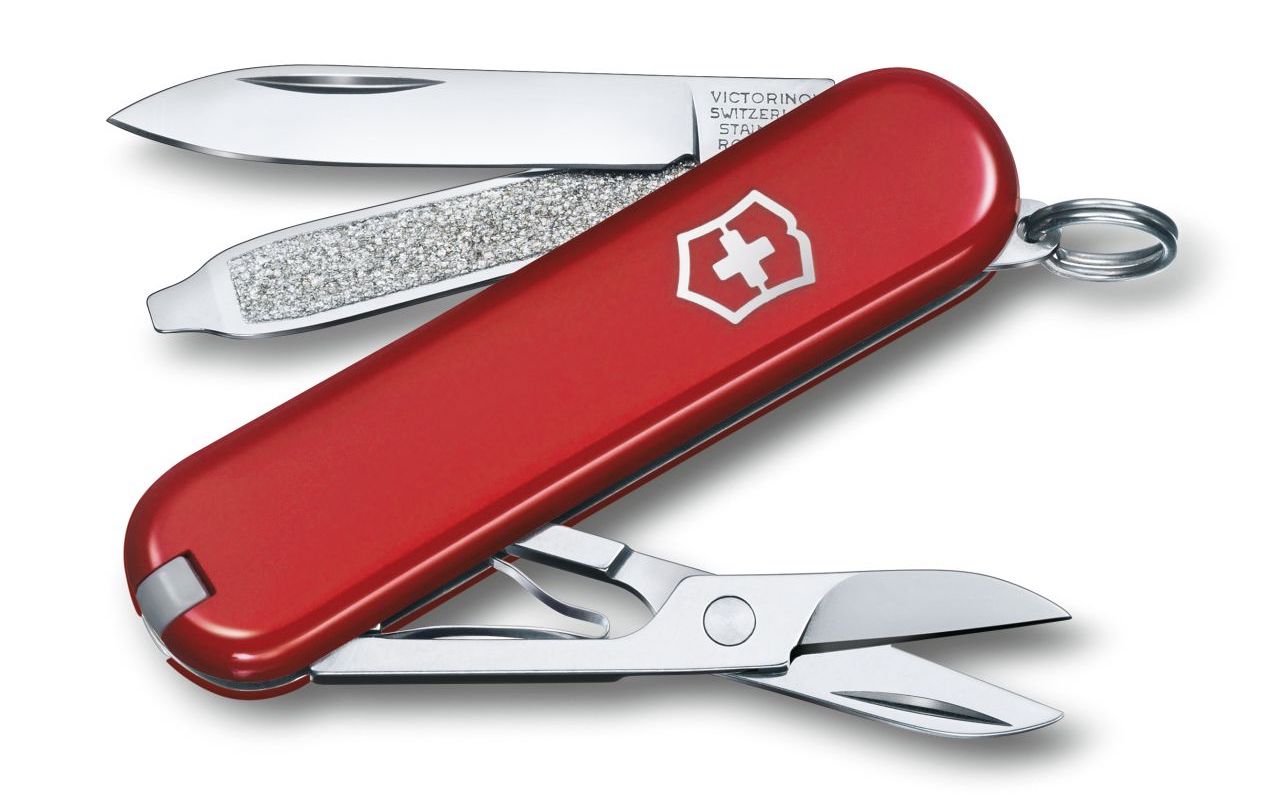
When it comes to knives, it doesn’t get more iconic than the Victorinox Classic SD. This Swiss Army Knife model may be the best-selling knife ever with countless being sold around the world. The reason is simple: this tiny knife is lightweight, multifunctional, and all anyone can ask for in a small pocket knife.
Continue reading
